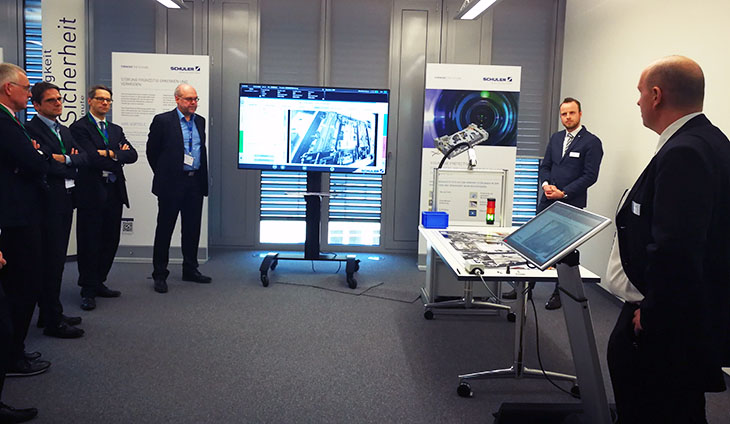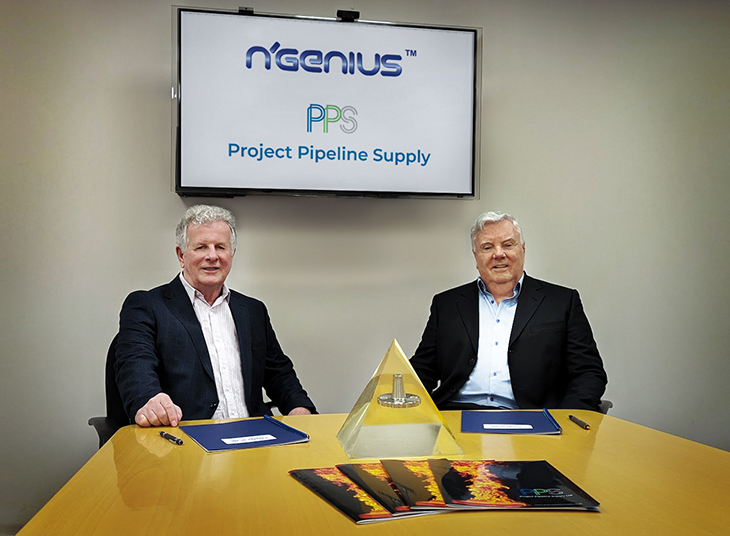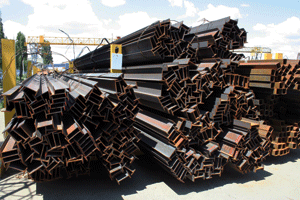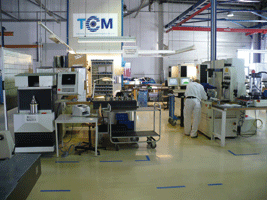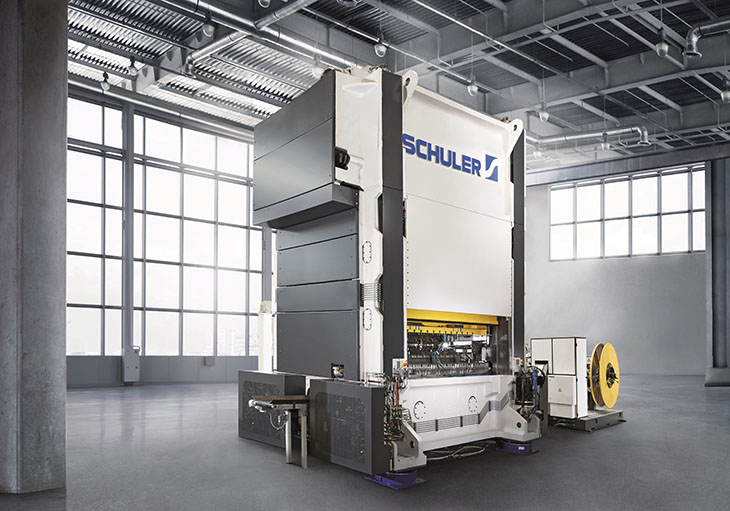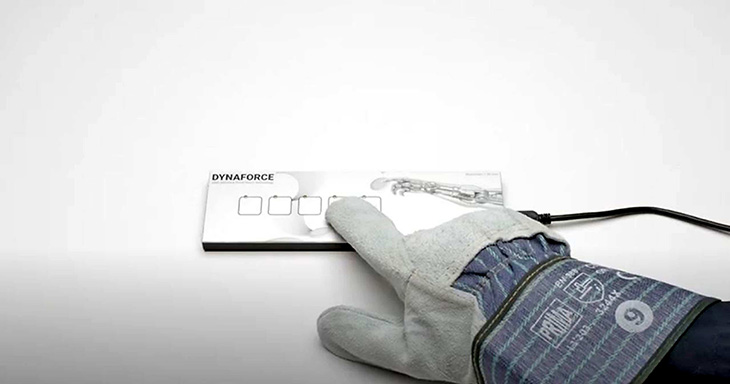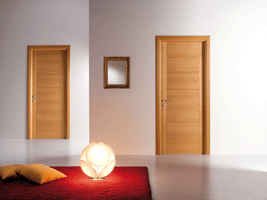- Competition among materials promotes hybrid lightweight design developments
- Digitalization strategies as a basis for sustainable production and products
Göppingen, 23 January 2020 – The year 2019 was marked by a weak global economy, trade disputes and a far-reaching structural change in the automotive industry. The mechanical engineering and supply industries are feeling the effects. Reduced CO2 fleet limits should boost lightweight design, but priority is currently being given to investments in electrification and digitization with the aim of autonomous driving. The annual meeting of the VDMA Working Group Hybrid Lightweight Technologies therefore addressed the question of the importance of lightweight design in electric mobility.
At the opening of the meeting, Marc Kirchhoff, TRUMPF, Chairman of the Working Group, welcomed the participants and Dr. Martin Habert, Managing Director of Schuler Service global, presented Schuler AG with line developments for metallic, fiber-based and hybrid lightweight design. After an overview of lightweight construction developments for the automotive industry, the technical papers dealt with the processing and applications of steel and aluminum as well as joining processes suitable for series production in hybrid lightweight design. The afternoon was devoted to digitalization strategies in lightweight design production with presentations and Schuler’s topic stations.
Multi-material mix on trend
There was space for exchange in the panel discussion with all speakers on the prospects of electric mobility and lightweight design in a challenging economic environment. The automotive industry has taken on a driving role in lightweight design applications and thus promoted competition among materials and multi-material applications. Cost specifications and requirements for processes suitable for large-scale production determine the degree to which these are implemented in practice. Increasing process networking and adaptation of joining processes support trends of hybrid lightweight design applications.
Digitalization in lightweight design
Particular importance is attached to digitalization strategies for plant development and their use in the production of lightweight components. A corresponding assessment by Lothar Gräbener, Vice President Sales at Schuler Pressen GmbH, is as follows: "In the intelligent, fully networked press shop of the future, it will be possible to use sophisticated sensors and actuators and the data they collect to precisely predict and avert any impending downtimes in advance. This ensures the productivity of our customers, increases the quality of the manufactured parts and reduces energy requirements”.
Strategy development and funding of lightweight construction
The increasing support for lightweight design at the political level is encouraging. Based on workshops with representatives from industry and research, the Federal Ministry of Economics and Energy is preparing a lightweight design strategy and a ten-year technology transfer program. A first tender for project funding is currently being launched. The VDMA Working Group participates in the committees of the lightweight design initiative and welcomes the cooperation between the national and state networks that is superordinate to materials. A bundling of activities is essential for maintaining Germany's competitiveness in the lightweight construction sector. It is equally desirable to concentrate on a number of trade fairs and conferences that is appropriate for the market.









